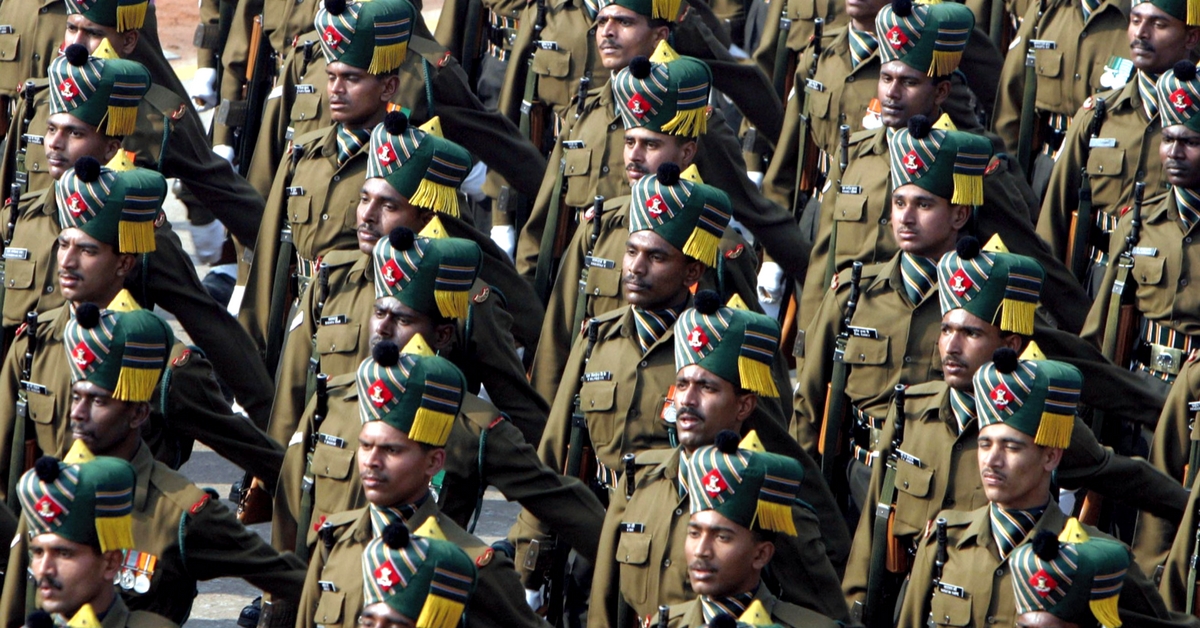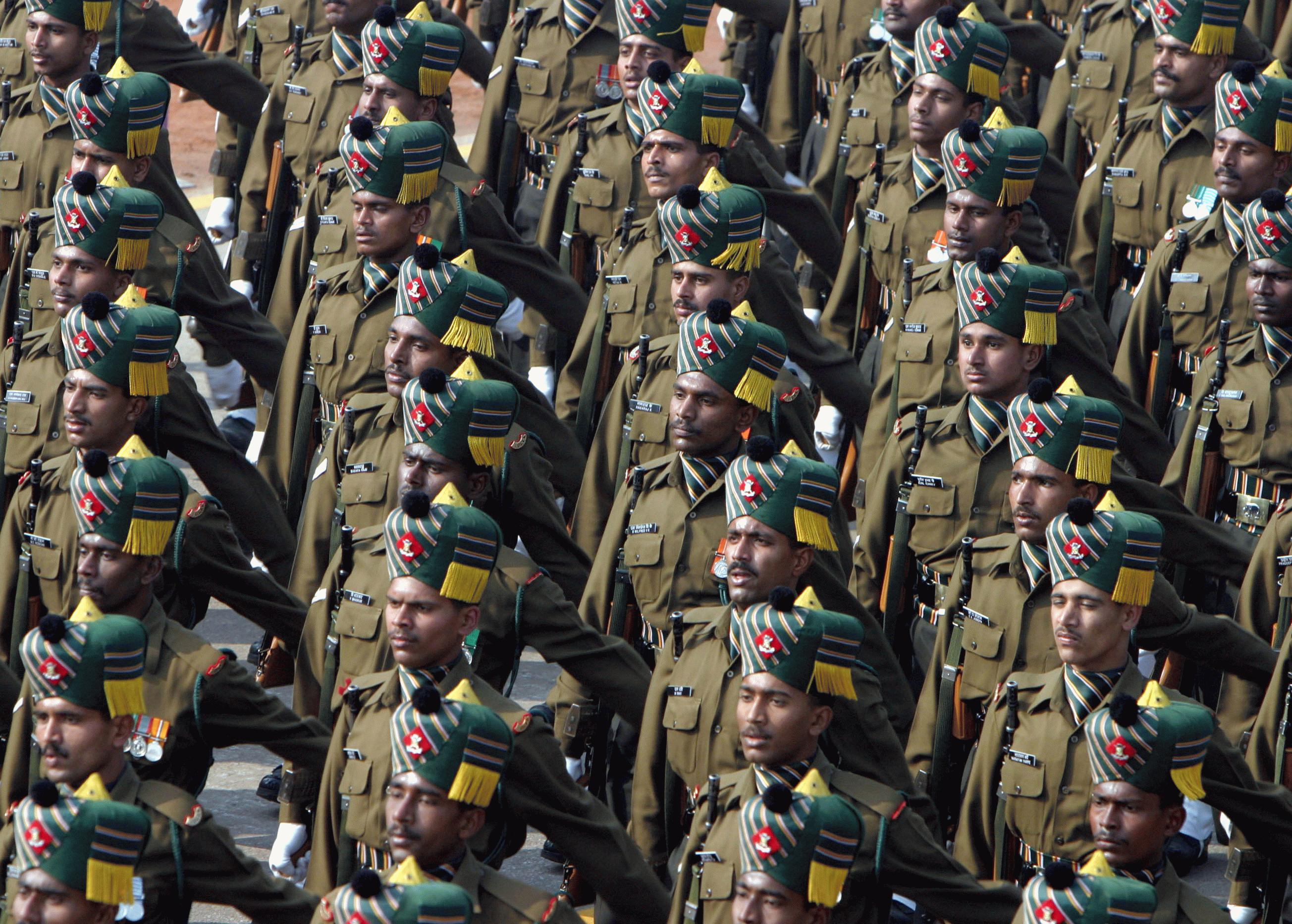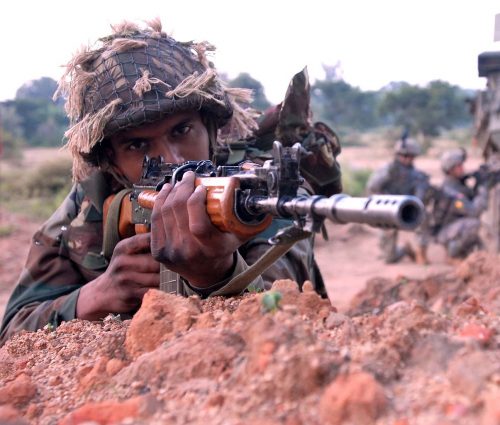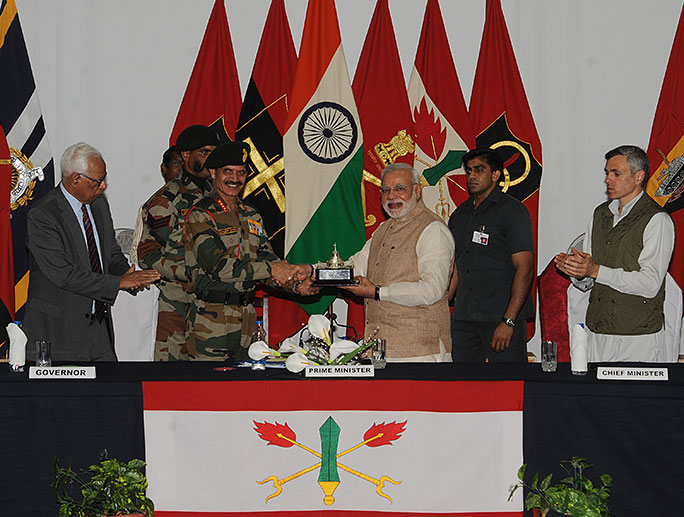Checks and Balances: How the Indian Army Became a Pillar of Our Democracy
Speaking at a recent event, Army chief said "the military should stay far away from the polity".

Speaking at an event on Wednesday, Army chief General Bipin Rawat made a necessary observation.
“The military should be somehow kept out of politics. Of late, we have been seeing that politicisation of the military has been taking place. I think we operate in a very secular environment. We have a very vibrant democracy where the military should stay far away from the polity,” Rawat said, according to the Press Trust of India. The forces perform best when they don’t interfere in the political affairs of the nation, he added.
Despite all the conversation surrounding the Indian armed forces, it remains one of the most critical and formidable public institutions in this country. From its role in defending the nation’s sovereignty to disaster relief, the armed forces have played a significant role in holding India together.

Nonetheless, what the Army chief said on Wednesday illustrates an idea enshrined in our polity—the military functions at the behest of an elected civilian administration. Unlike our neighbours and countless other countries that broke the shackles of colonialism, India remains successful in maintaining that equation seven decades after Independence.
Under colonial rule, the British Indian Army played a significant role in dictating security policy. In the Viceroy’s council, the commander-in-chief (army chief today) doubled up as the defence member, which in modern day parlance would translate into defence minister.
When the British began the process of transferring power from the Crown to the Independent dominions of India and Pakistan, Jawaharlal Nehru saw fit to appoint a civilian, Sardar Baldev Singh, to the position of defence member in the Viceroy’s executive council in September 1946. Nehru was himself sworn-in as the vice-president (de facto prime minister) of the Viceroy’s council during this transition process, running an interim Indian government. Baldev’s appointment was in line with the long-standing position taken by the Indian National Congress that an elected civilian administration must always maintain control over the military.
Another step his government took was to widen the pool of officers that the Indian army would recruit, reflecting the vast diversity, aspirations, and values of an independent India. This step was taken to foster a sense of appreciation for the new Independent nation that the Indian army was going serve, after years of functioning under the orders of the British Crown.
Fast forward to the eve of Independence, and Nehru articulated this sentiment in the most precise terms possible. Responding to the Indian army’s British commander-in-chief’s order to prevent the public from attending the flag hoisting ceremony, Nehru replied with firmness in a letter.
“In any policy that is to be pursued in the army or otherwise, the views of the government of India and the policy they lay down must prevail,” Nehru wrote. “If any person is unable to lay down that policy, he has no place in the Indian army.”

Of course, any analysis of this issue would be amiss without mentioning the role Sardar Vallabhbhai Patel, Nehru’s second-in-command, and deputy prime minister played in institutionalising civilian control of the military. He had thundered against top British officers of the Indian armed forces, who decided to protest the Indian government’s decision to deploy troops around Junagadh state in October 1947, after the province declared its accession to Pakistan.
Patel, backed by Nehru, made his position very clear and said both were ready to take on the British military commanders if they did not follow the independent Indian government’s orders. History recounts this incident as a turning point, and it led to the appointment of a defence committee at the cabinet level for issues pertaining to national security, further insulating the civilian administration from any potential military interference.
What both Patel and Nehru saw was the disastrous consequences of militarism in Japan and Europe, and the consequences (World War II) it had for the world in general. Nehru took further institutional steps to strengthen this equation between the civilian administration and the military. For starters, in 1955, he diluted and broke down the hierarchy within the erstwhile unified armed forces into three separate commands—Indian Army, Indian Air Force, and the Indian Navy.
Chiefs of all three wings of the Indian armed forces are of equal rank and appointed by the elected civilian administration. In his seminal book titled, “Army and Nation: The Military and Indian Democracy Since Independence,” Steven Wilkinson, a professor of political science from Yale University, wrote how Nehru did this “to reduce the role of the military on the Indian scene”.
In his book, Wilkinson offers three key reasons why the Indian military has remained subordinate to successive civilian administrations, and why Pakistan failed in this regard.

As he argues, in the initial years of Independence, the government undertook measures to prevent potential coups by instituting, “new command and control structures, careful attention to promotions, tenures, and balancing ethnic groups at the top of the military, and attention to top general’s career pathways after retirement.” In the years since successive governments have taken steps to further these features.
Another critical factor was that unlike the Muslim League, the Congress party had a reach among the common masses that was near impossible to uproot. Moreover, with Partition, the demographic balance within the Pakistan armed forces was skewed to favour a particular ethnicity and religion, while on the Indian side things were a lot better.
Read also: Sher Shah of Kargil: The Story of Indian Army Legend, Captain Vikram Batra
Following India’s crushing defeat to China in the 1962 war, the government was also quick to act on demands for greater modernisation of the military, regarding both size and equipment. Another significant development was the establishment of a paramilitary force to tackle internal security concerns and essentially counterbalance the influence of the armed forces.
After Operation Bluestar in 1984, where Indian forces stormed the Golden Temple in Amritsar to overpower Khalistani militants, a few units did embrace mutiny. In response, the government asked the army to introduce infantry battalions composed of soldiers from different ethnicities.
Finally, Wilkinson argues in the book that the bid to maintain a firm civilian hand over the military has possibly come at the cost of operational difficulties, since sometimes decisions maybe delayed while awaiting civilian approval.
Considering the state of affairs in Pakistan, India should be glad that our founding fathers and successive governments have ensured to maintain such an equation.
Like this story? Or have something to share? Write to us: [email protected], or connect with us on Facebook and Twitter.
NEW: Click here to get positive news on WhatsApp!
If you found our stories insightful, informative, or even just enjoyable, we invite you to consider making a voluntary payment to support the work we do at The Better India. Your contribution helps us continue producing quality content that educates, inspires, and drives positive change.
Choose one of the payment options below for your contribution-
By paying for the stories you value, you directly contribute to sustaining our efforts focused on making a difference in the world. Together, let’s ensure that impactful stories continue to be told and shared, enriching lives and communities alike.
Thank you for your support. Here are some frequently asked questions you might find helpful to know why you are contributing?


This story made me
-
97
-
121
-
89
-
167













